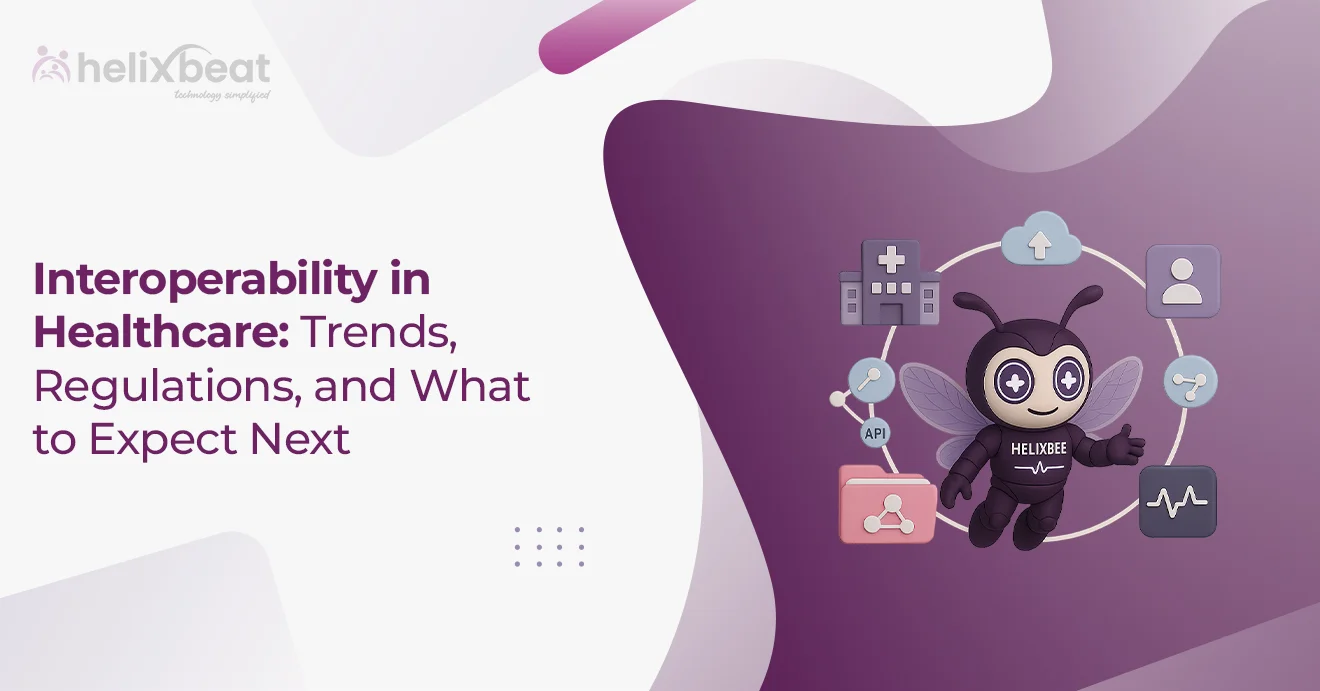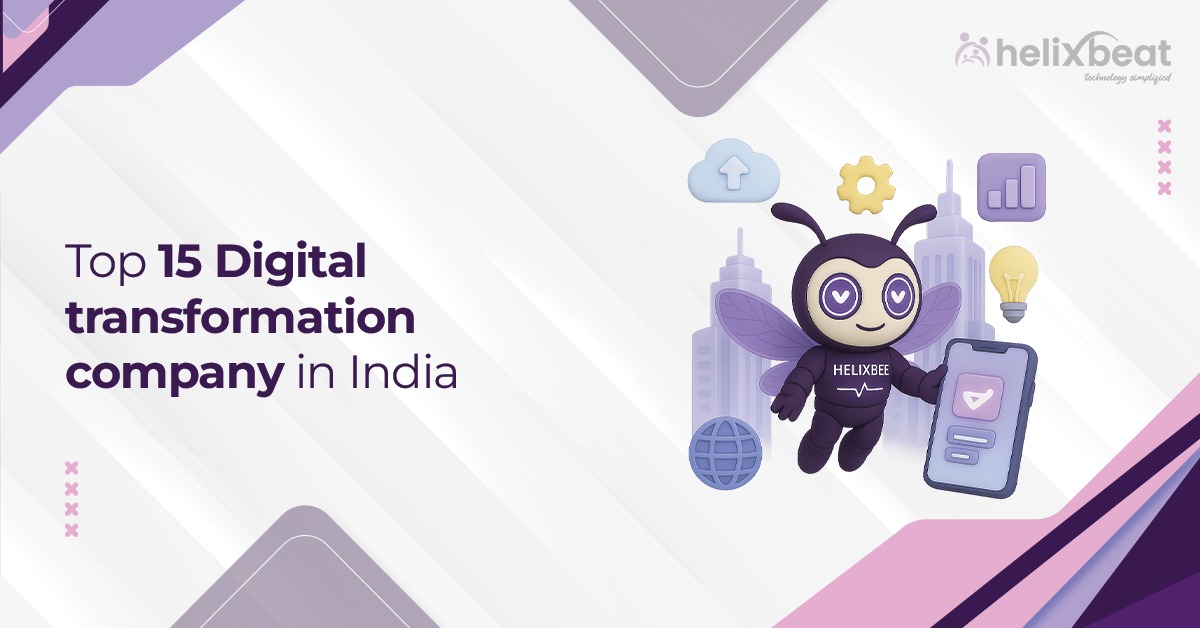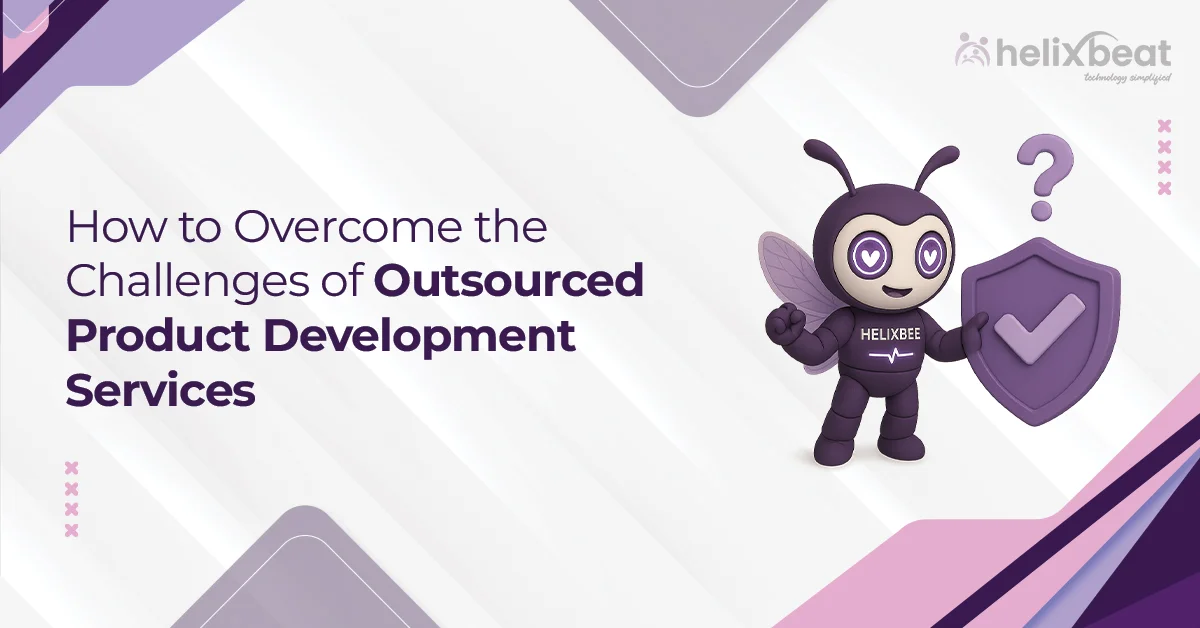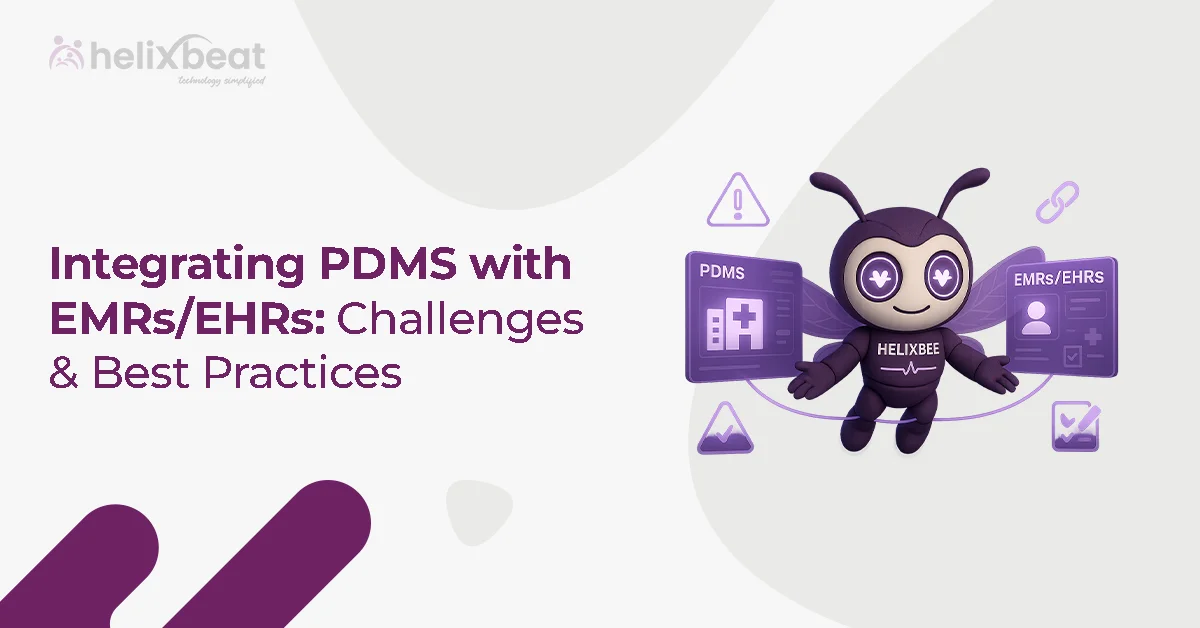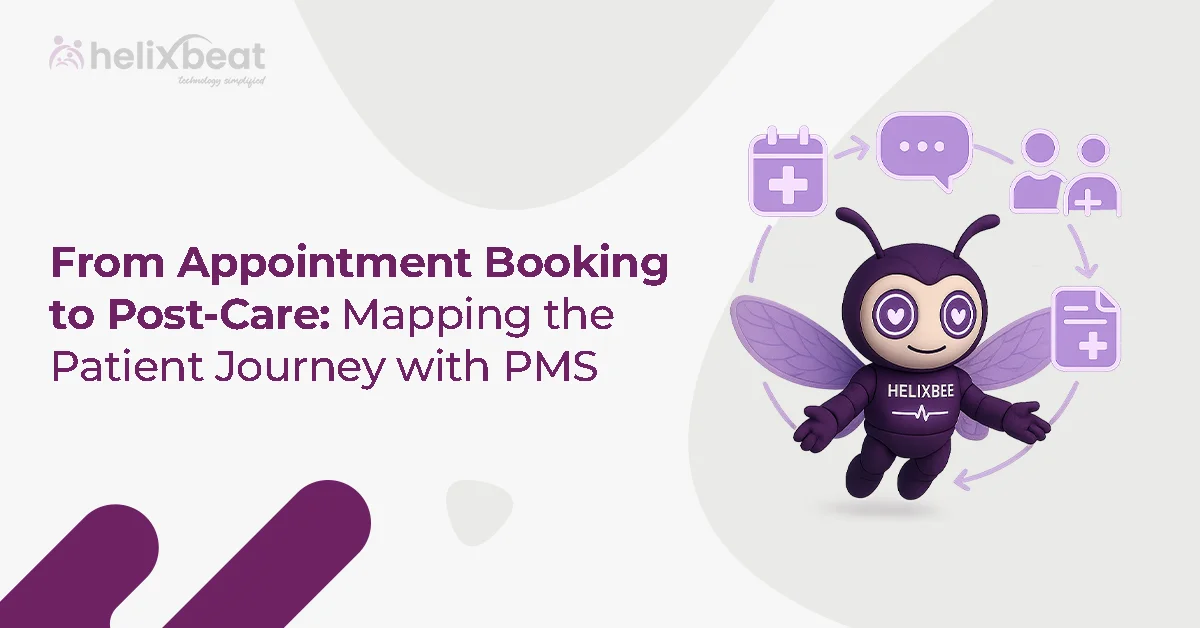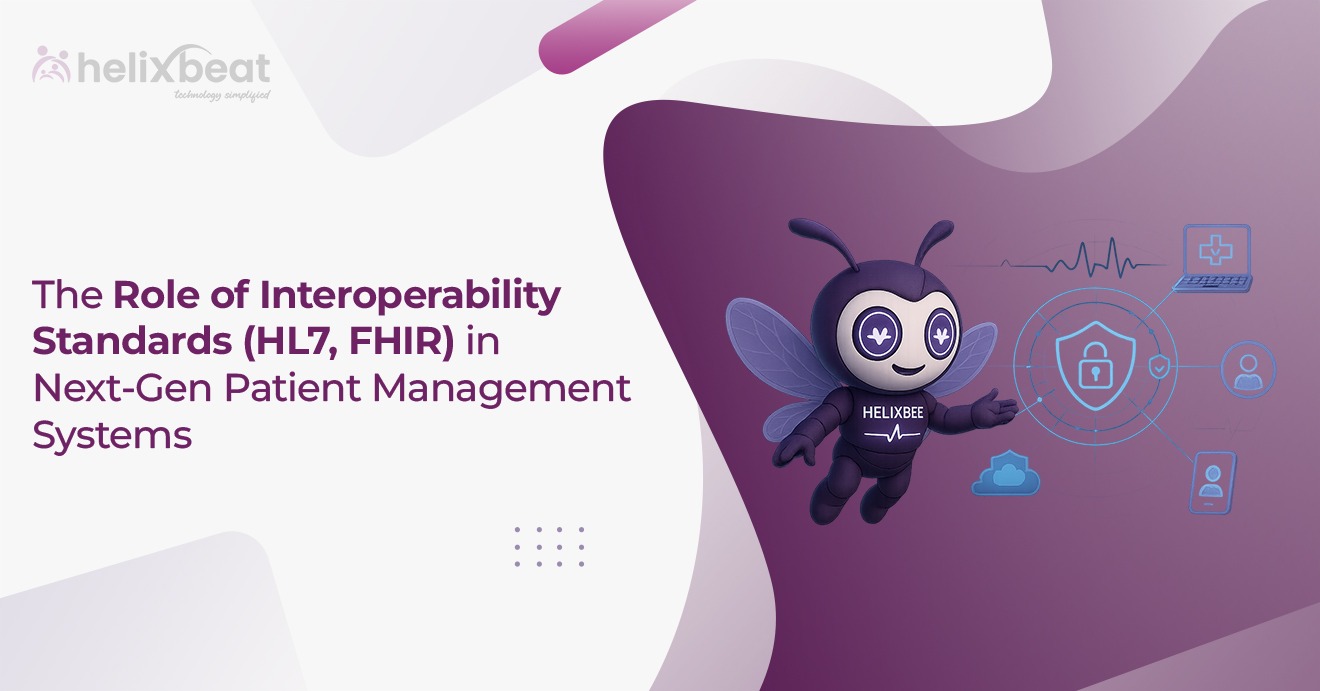The healthcare landscape is changing fast, all because we need to exchange data seamlessly. At the heart of this evolution lies healthcare interoperability standards, which serve as the backbone for integrated care, enhanced patient outcomes, and operational efficiency. As we navigate through 2025, it’s important to understand the current trends, regulatory frameworks, and the future trajectory of interoperability in healthcare.
Table of Contents
What Is Healthcare Interoperability
In short, healthcare interoperability is about getting different healthcare systems—like electronic health records (EHRs), hospital databases, wearable devices, and even your fitness app—to talk to each other seamlessly. It’s not just about sharing data; it’s about making that data usable, meaningful, and secure across platforms. The goal? Better patient care, fewer errors, and a system that works for everyone, from rural clinics to big-city hospitals.
The Health Level Seven International (HL7) organization, a key player in this space, defines interoperability in four levels: foundational (basic data exchange), structural (standardized formats), semantic (shared meaning), and organizational (policy and workflow alignment). Each level builds toward a system where data flows like water, not molasses.

Why Healthcare Interoperability Standards Matter
Imagine you’re rushed to the ER in a new city. The doctors need your medical history instantly. Without interoperability, they’re stuck calling your primary care provider or, worse, guessing. However, standards like Fast Healthcare Interoperability Resources (FHIR) create a common language so systems can share critical info instantly. This isn’t just convenient; it saves lives.
But it’s not just about emergencies. Interoperability empowers patients, too. With standardized data exchange, you could access your lab results on your phone, share them with a specialist, or even integrate them with your smartwatch to track trends. It’s about giving you control over your health story.
The Big Trends Driving Interoperability
1. FHIR Is the Rockstar of Standards
FHIR (pronounced “fire”) is the hottest thing in healthcare interoperability standards right now. Developed by HL7, it’s like the internet’s HTTP for healthcare—flexible, web-based, and built for the modern world. Unlike older standards like HL7 v2, which were clunky and rigid, FHIR uses APIs to let systems talk in real-time. It’s why tech giants like Apple and Google are all in, integrating FHIR into their health apps.
2. AI and Machine Learning Join the Party
Artificial intelligence is shaking things up in interoperability. AI can clean up messy, unstructured data—like handwritten doctor notes or inconsistent EHR formats—and make it interoperable. Machine learning models are also predicting patient outcomes by analyzing shared data, helping doctors make smarter decisions. For example, AI-driven platforms use aggregated, interoperable data to spot patterns across millions of patient records.
But here’s the catch: AI needs clean, standardized data to work its magic. That’s where healthcare interoperability standards come in, providing the structure AI craves. HealthEdge reports that nearly all health plans are expected to adopt AI solutions by 2026, with Gartner predicting AI will help reduce health plan administrative costs by up to 30% by 2027.
3. Patient-Centered Interoperability
Patients aren’t just along for the ride anymore—they’re driving. Healthcare interoperability standards are shifting to prioritize patient access. The 21st Century Cures Act, passed in 2016, mandated that patients have easy access to their health data. By 2025, most U.S. healthcare providers are required to offer patient-facing APIs, letting you download your records or share them with apps.
It’s not just about convenience; it’s about equity. Rural patients, for example, can share data with specialists hundreds of miles away without jumping through hoops.
4. Cloud-Based Solutions Are Taking Over
The cloud is changing how healthcare data is stored and shared. Cloud platforms are building interoperable ecosystems where data can live securely and be accessed by multiple systems. These platforms support healthcare interoperability standards like FHIR and SMART on FHIR, making it easier for hospitals to scale without drowning in IT costs.
The Regulatory Landscape
1. The 21st Century Cures Act
The Office of the National Coordinator for Health Information Technology (ONC) has implemented the 21st Century Cures Act Final Rule, which mandates the use of FHIR APIs for data exchange, prohibits information blocking, and requires health IT developers to comply with certification criteria that support interoperability.
2. CMS Interoperability and Prior Authorization Final Rule
The Centers for Medicare & Medicaid Services (CMS) released the Interoperability and Prior Authorization Final Rule, emphasizing the need to improve health information exchange to achieve appropriate and necessary access to health records for patients, healthcare providers, and payers.
3. HTI-1 and HTI-2 Final Rules
The Health Data, Technology, and Interoperability (HTI) Final Rules are part of a series of regulations aimed at advancing interoperability. The HTI-1 Final Rule established new certification requirements for health IT developers, while the HTI-2 Proposed Rule seeks to further advance interoperability by improving transparency and supporting the access, exchange, and use of electronic health information.
4. Trusted Exchange Framework and Common Agreement (TEFCA)
TEFCA aims to establish a nationwide framework for the secure exchange of health information. It provides a common set of principles and practices to facilitate interoperability among health information networks, promoting a more connected and efficient healthcare system.
AERIS: The Key to Seamless Healthcare Interoperability
As the healthcare industry embraces healthcare interoperability standards, AERIS stands at the forefront of this transformation. This adaptive interoperability platform bridges the gap between traditional systems and the latest healthcare technologies.
AERIS supports critical healthcare interoperability standards, including HL7 and FHIR, making it an ideal solution for organizations dealing with diverse healthcare data systems. By leveraging these widely adopted standards, AERIS keeps your healthcare ecosystem connected, scalable, and future-proof. Whether you’re working with legacy electronic health records (EHR) or integrating next-generation health apps, AERIS provides a seamless experience that supports real-time data exchange, encouraging collaboration across platforms.
In addition, healthcare providers and developers don’t have to worry about the limitations of disparate systems. AERIS adapts to your unique needs, integrating everything from legacy systems to new, innovative technologies. It’s the perfect solution for those looking to modernize their infrastructure while maintaining a smooth flow of data across systems.
Final Thoughts
Healthcare interoperability standards are the cornerstone of a connected, patient-centered healthcare system. As we advance through 2025, the convergence of technological innovation, regulatory support, and a focus on patient empowerment is propelling the industry toward a more integrated and efficient future.
Ready to revolutionize your healthcare interoperability? Discover how AERIS can seamlessly integrate your systems and drive innovation. Contact us today!
FAQs
1. What are the most common healthcare interoperability standards?
The most commonly used healthcare interoperability standards include HL7, FHIR, C-CDA, and LOINC. These standards support data exchange in various formats, from clinical documents to lab results.
2. What is the role of FHIR in healthcare interoperability standards?
FHIR (Fast Healthcare Interoperability Resources) is a modern standard that simplifies data exchange by using web technologies like APIs. It facilitates faster, real-time access to health data, enhancing interoperability across systems.
3. Are healthcare interoperability standards globally recognized?
Yes, healthcare interoperability standards like HL7 and FHIR are internationally recognized and are widely adopted across healthcare systems globally, enabling cross-border data exchange and collaboration.
4. How does AERIS support healthcare interoperability standards?
AERIS is an adaptive platform that seamlessly integrates with existing healthcare systems and supports HL7 and FHIR standards. This allows for smooth data exchange and interoperability across diverse technologies and applications.



